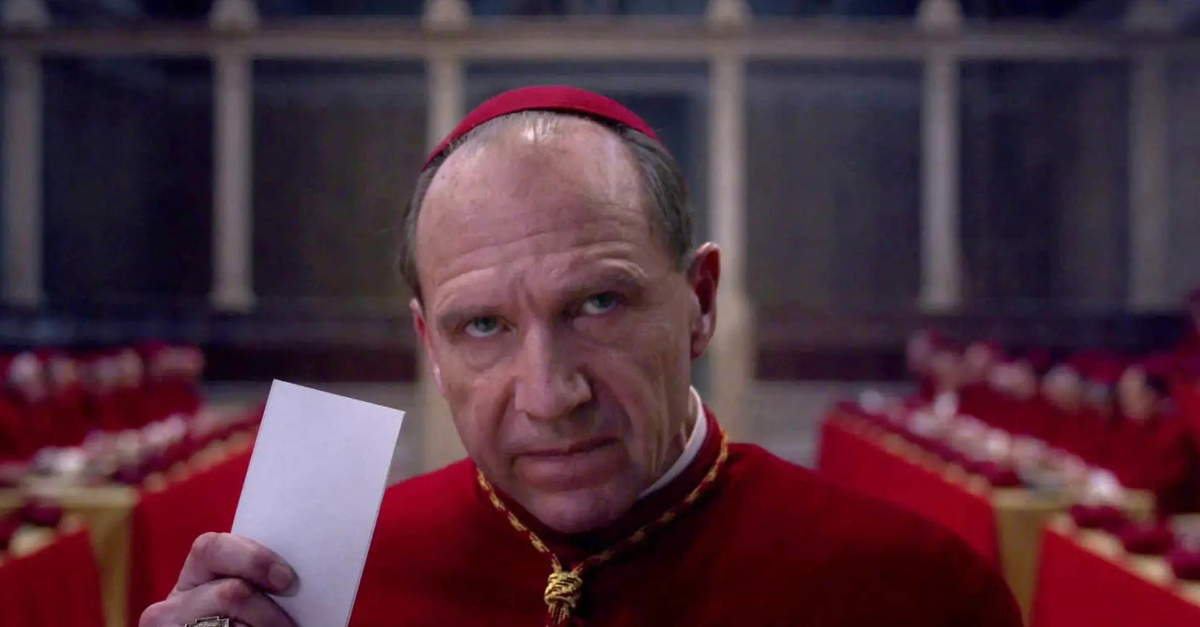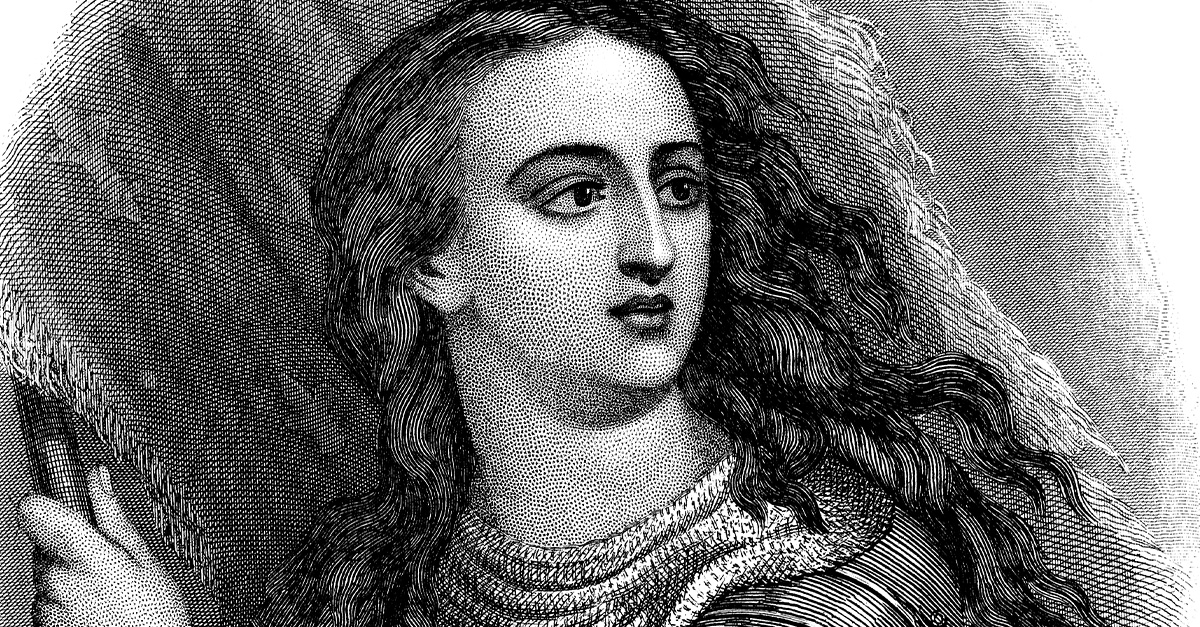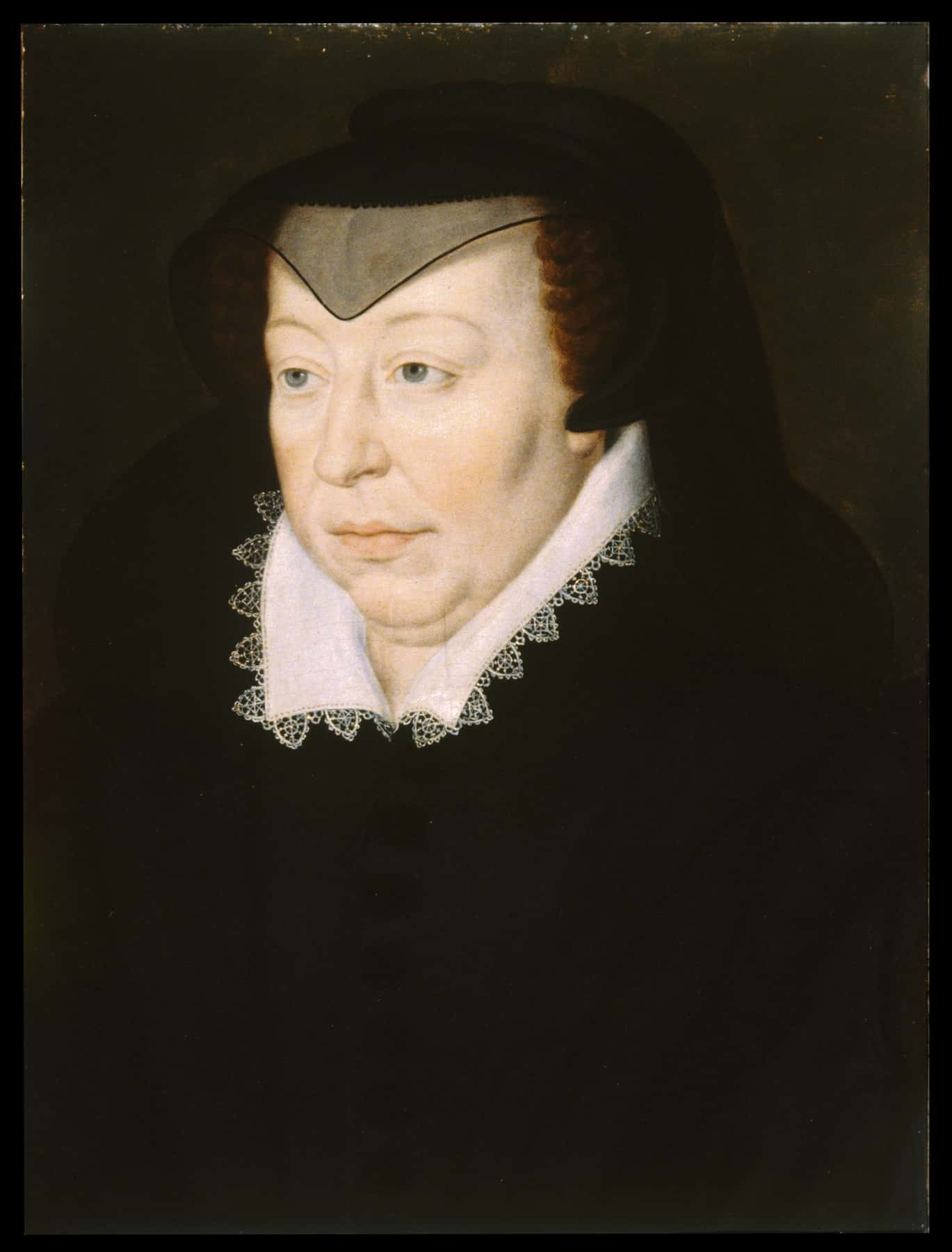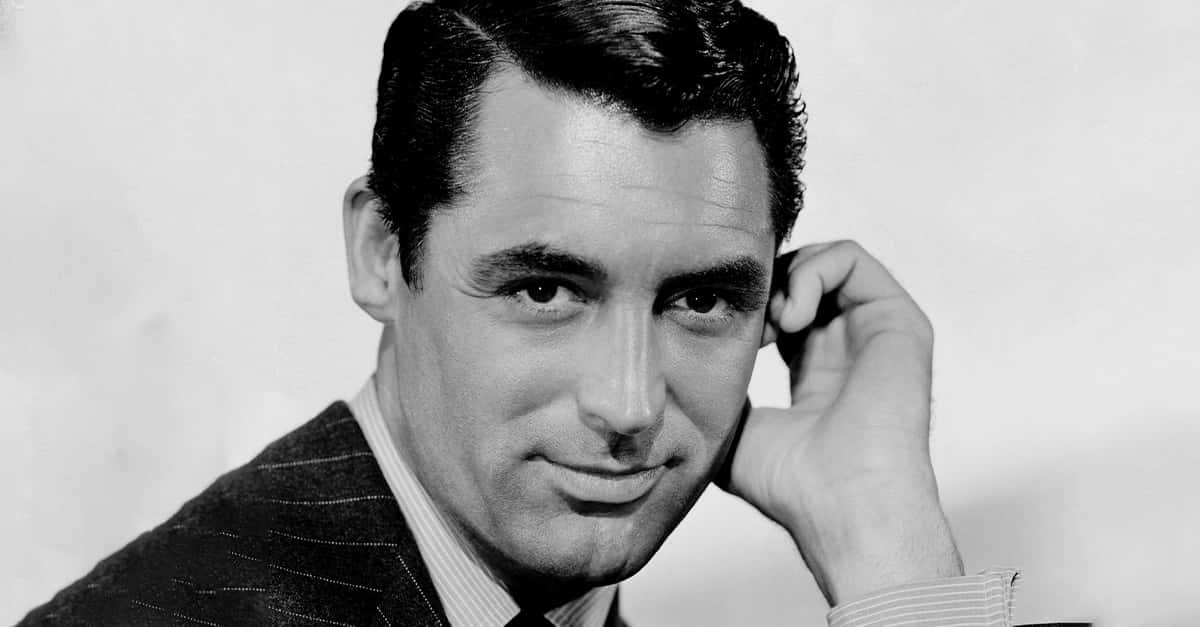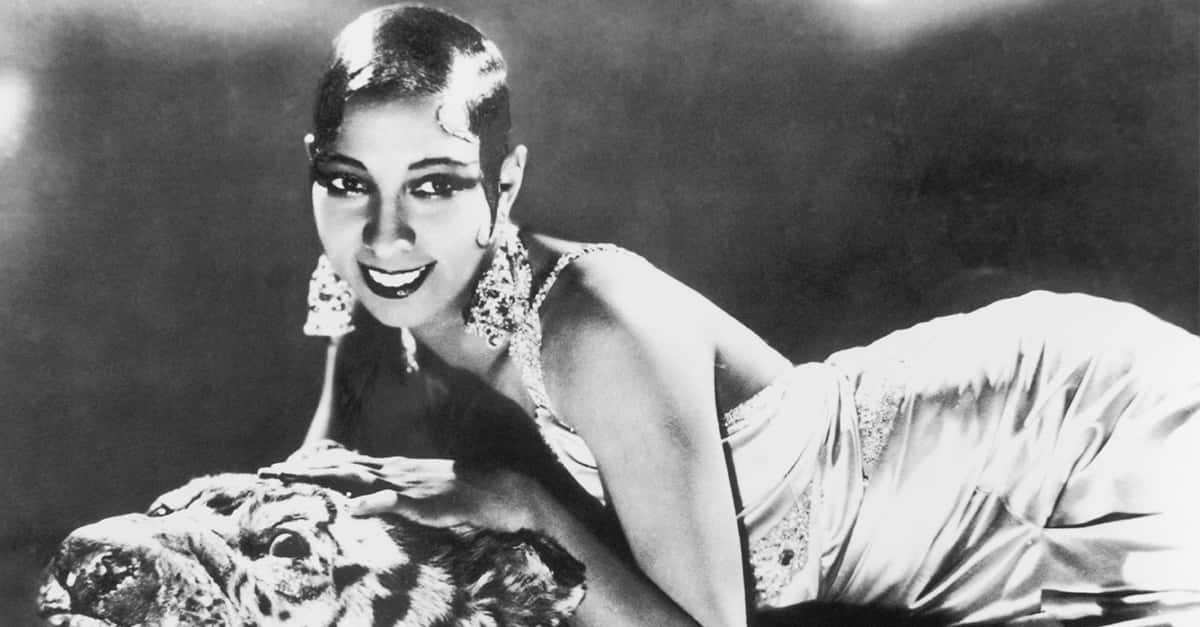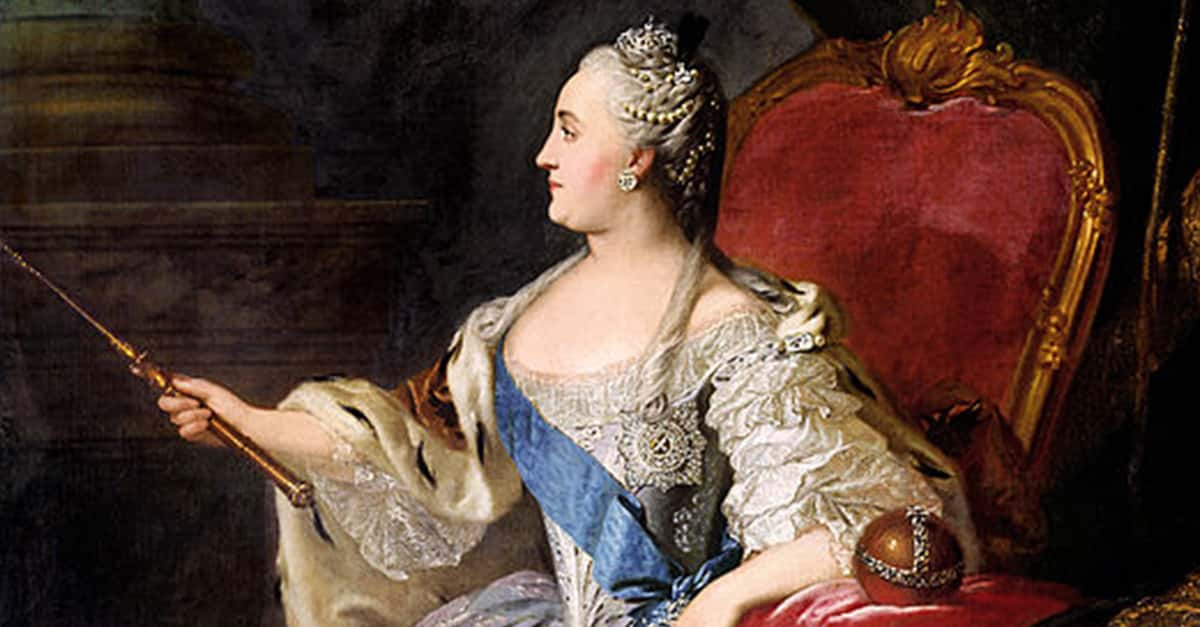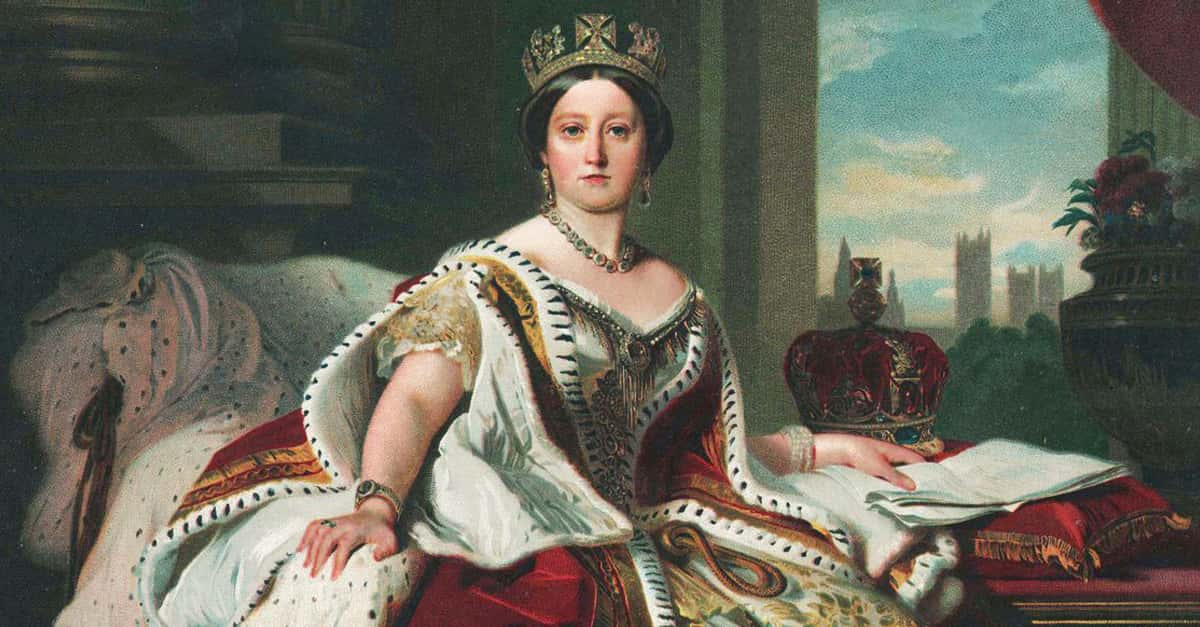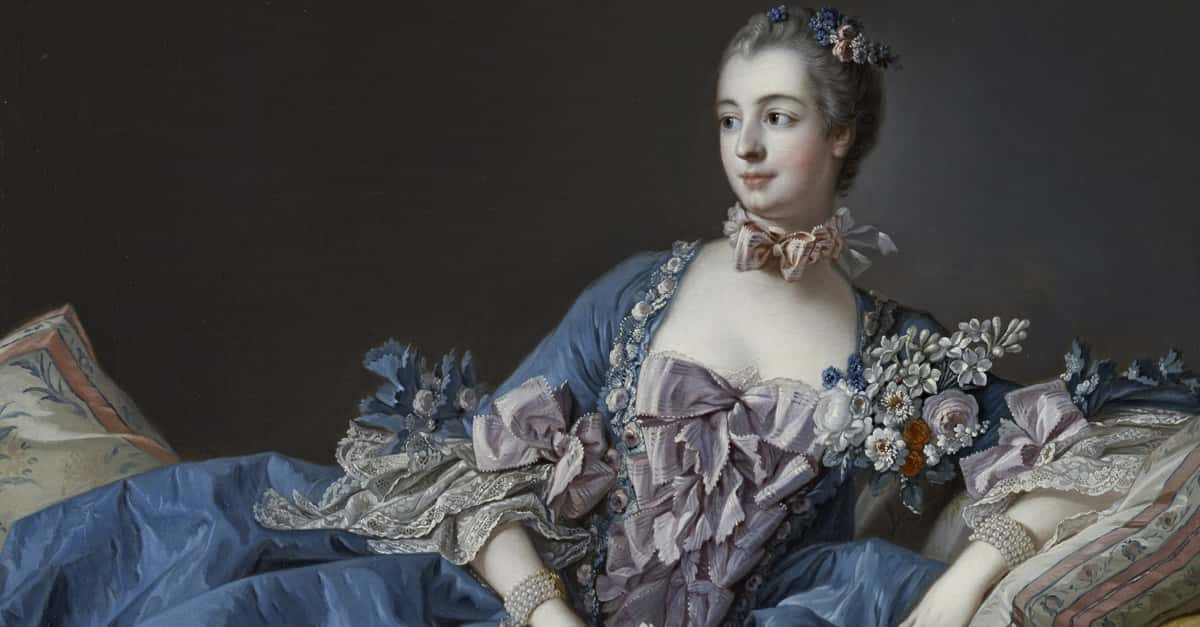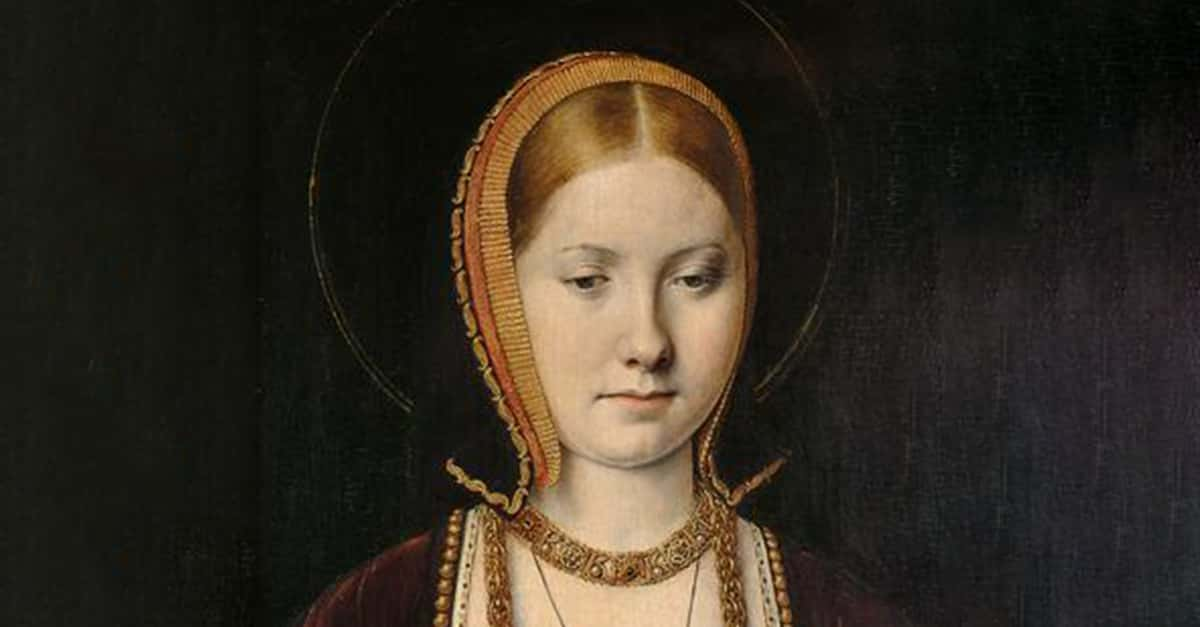The Next Pope?
As the world mourns the passing of Pope Francis, the question on many people's minds is: Who will be the next Pope? Well, there are a few top contenders for the highest position in the Catholic Church. But another question many ask is: How will the next Pope be chosen?
Well, this is how it happens...
Who Can Be Pope?
Before we get into how it happens, maybe we should take a quick moment to look at who it can happen to. We will get into some of the specific men up for the job later, but on a more general level...Yes, it is still a job only open to men. Despite some voices on the side of giving women more opportunities in the Church—they are still not allowed to be ordained as priests and therefore can't be Pope.
 Catholic News Service, Wikimedia Commons
Catholic News Service, Wikimedia Commons
Who Can Be Pope?
Every Pope has been a Cardinal prior to becoming pontiff. However, It might surprise some to know that this isn't an actual written rule anywhere in Church regulations. But we also don't see the Cardinal-to-Pope streak ending anytime soon either.
 Centro Televisivo Vaticano, CC BY 3.0, Wikimedia Commons
Centro Televisivo Vaticano, CC BY 3.0, Wikimedia Commons
The First Nine Days
Following the death of the pontiff, there is a nine-day mourning period called the novendiales (nine days of mourning). This ancient tradition is marked by masses, readings of scripture, and begins the transition period between the Pope's passing and the start of the process to elect a new one.
 Ricardo Stuckert/PR, CC BY 3.0, Wikimedia Commons
Ricardo Stuckert/PR, CC BY 3.0, Wikimedia Commons
15 To 20 Days
The process to elect a new Pope is called a conclave and it begins 15 to 20 days after a Pope's death. Organized by the Camerlengo (the Cardinal appointed by the Pope to be chief administrator of the process). The Camerlengo also acts as an interim leader of the Vatican during this time (finances, daily operations, etc).
 Tenan, CC BY-SA 3.0, Wikimedia Commons
Tenan, CC BY-SA 3.0, Wikimedia Commons
Before The Conclave
Before we get to the conclave, there are general congregations that take place and must be attended by all Cardinals who "are not legitimately impeded". There are over 250 Cardinals (all men) and at these gatherings, they discuss the future of the Catholic church and any challenges it might be facing today and going forward.
While all 250 Cardinals may attend these gatherings, when it comes to the conclave—fewer than half of them are allowed in that room.
Those 120 Cardinals
While not much is known about how those 120 Cardinals are chosen—one thing we do know is that they all have to be under 80 years old.
 What to expect as the College of Cardinals prepares to elect a new pope, PBS NewsHour
What to expect as the College of Cardinals prepares to elect a new pope, PBS NewsHour
Francis' Appointments
Back in December, Francis himself appointed 21 new Cardinals from six continents (many of them also progressive and supportive of Francis' more liberal beliefs). With those appointments, and others he made during his time as Pope, NPR is reporting that about 80% of the conclave will be Francis appointments.
 From Argentina to the Holy Land: the new cardinals created by Pope Francis, ROME REPORTS in English
From Argentina to the Holy Land: the new cardinals created by Pope Francis, ROME REPORTS in English
And Now, It's Time For The Conclave
The conclave itself is shrouded in secrecy and has been for thousands of years, and Cardinals are not allowed to communicate with anyone "outside the area where the election is taking place, except in cases of proven and urgent necessity". But we do know a few things...
 What is a conclave and how will the next pope be chosen? | REUTERS, Reuters
What is a conclave and how will the next pope be chosen? | REUTERS, Reuters

History's most fascinating stories and darkest secrets, delivered to your inbox daily.
Sistine Chapel
With the gorgeous Michelangelo frescoes above them, the 120 Cardinals/electors enter the Sistine Chapel and take an oath of discretion. Then the doors are closed to the outside world and the process begins.
 Snowdog, CC BY-SA 3.0, Wikimedia Commons
Snowdog, CC BY-SA 3.0, Wikimedia Commons
In Summum Pontificem
The voting is done via secret ballot with each elector writing the name of their choice on a ballot that reads, "in summum pontificem", or “I elect as supreme pontiff..." The pieces of paper are then folded twice and placed in urns.
 What is a conclave and how will the next pope be chosen? | REUTERS, Reuters
What is a conclave and how will the next pope be chosen? | REUTERS, Reuters
Two-Thirds Needed
When all the electors have placed their folded paper in the urns, they are counted and read aloud by a group of three Cardinals (chosen via a random draw). For a Cardinal to become the next Pope, they need to get at least two-thirds of the votes. If no one does, then everyone votes again.
But what if no one gets two-thirds of the vote again, and again, and again, and again, and... well, that wasn't always the case.
 What is the conclave? Inside the process for electing a new pope, TODAY
What is the conclave? Inside the process for electing a new pope, TODAY
The Vatican Constitution
Universi Dominici Gregis (the Vatican Constitution) is what governs the whole process and there have been a few changes to said constitution since it was first issued by St John Paul II in 1996.
 Gregorini Demetrio, CC BY-SA 3.0, Wikimedia Commons
Gregorini Demetrio, CC BY-SA 3.0, Wikimedia Commons
Voting Rule Changes
You see, back then the rules stated that after 33 rounds of voting (starting on the second day), only a majority was needed to elect a new Pope (no longer two-thirds). That rule was changed in 2007 though, when Benedict XVI got rid of said provision. Now, when a conclave goes a long time without anyone getting two-thirds the process goes to a runoff between the top two vote getters. Two-thirds are still needed, but it's just between those two Cardinals (neither of whom is allowed to vote at this point).
 Kancelaria Prezydenta RP, Wikimedia Commons
Kancelaria Prezydenta RP, Wikimedia Commons
The Smoke
One part of the process that most people are aware of is the colored smoke. After each vote, the ballots are burned and the smoke is sent up and out of the chapel for all to see. If that smoke is white, it means a new Pope has been chosen. Black smoke means another vote is needed (the color is created using straw or chemicals).
So, the conclave has voted and finally one Cardinal has emerged victorious. Now what happens?
 What is the conclave? Inside the process for electing a new pope, TODAY
What is the conclave? Inside the process for electing a new pope, TODAY
Acceptance
When a new Pope is elected, the next step in the process goes to the dean of the College of Cardinals (a post currently held by Italian Cardinal Giovanni Battista Re), who asks the candidate if he accepts the title of Pope (it's very, very rare—but there have been those who have turned it down in the past).
 Lorenzo Iorfino, CC BY-SA 4.0, Wikimedia Commons
Lorenzo Iorfino, CC BY-SA 4.0, Wikimedia Commons
Name Time
If they accept the title, then the candidate is dressed up in the full pontiff regalia and is asked the question: "Quo nomine vis vocari?" which translates to "By what name do you wish to be called?" The candidate then announces the papal name he has chosen for himself.
 Joachim Specht, Wikimedia Commons
Joachim Specht, Wikimedia Commons
"We Have A Pope"
Now, it's time to introduce the world to the new leader of the Catholic Church. This is done by the senior cardinal deacon (currently French Cardinal Dominique Mamberti)—who, as the new Pope walks out onto the balcony of St Peter’s Basilica, announces to the crowd, “Habemus Papam,” (“We have a Pope”) along with his selected Papal name.
So, Who Will It Be?
While trying to predict the conclave's actions is often a fool's errand, the College of Cardinal’s Report website has put forward a few names that they believe are most likely to garner two-thirds of the votes. Including...
 Secrets of the Vatican: From John Paul II to the Death of Pope Francis, Best Documentary
Secrets of the Vatican: From John Paul II to the Death of Pope Francis, Best Documentary
Cardinal Fridolin Ambongo Besungu
Age: 65
Title: Archbishop of Kinshasa, Democratic Republic of the Congo
Some of the Issues: According to the College of Cardinal’s Report (which looks at actions the Cardinals have taken and things they have said)—Cardinal Besungu is against Blessing Same-Sex Couples and Making Priestly Celibacy Optional. While he is in favor of Focusing on Climate Change and Promoting a “Synodal Church”.
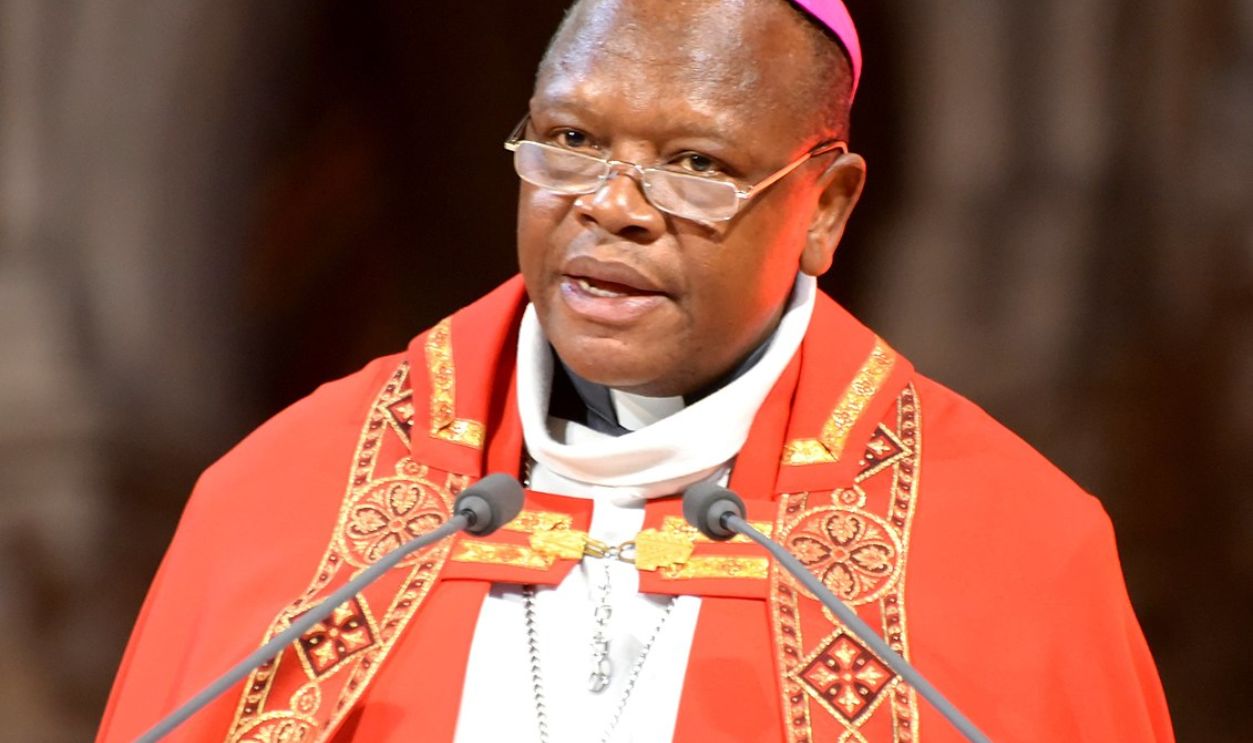 Francois-Regis Salefran, CC BY-SA 4.0, Wikimedia Commons
Francois-Regis Salefran, CC BY-SA 4.0, Wikimedia Commons
Cardinal Jean-Marc Aveline
Age: 66
Title: Archbishop of Marseille
Some Of The Issues
Against: Blessing Same-Sex Couples, Restricting the Vetus Ordo (Old Latin Mass)
In Favor: Focusing on Climate Change and Promoting a “Synodal Church”
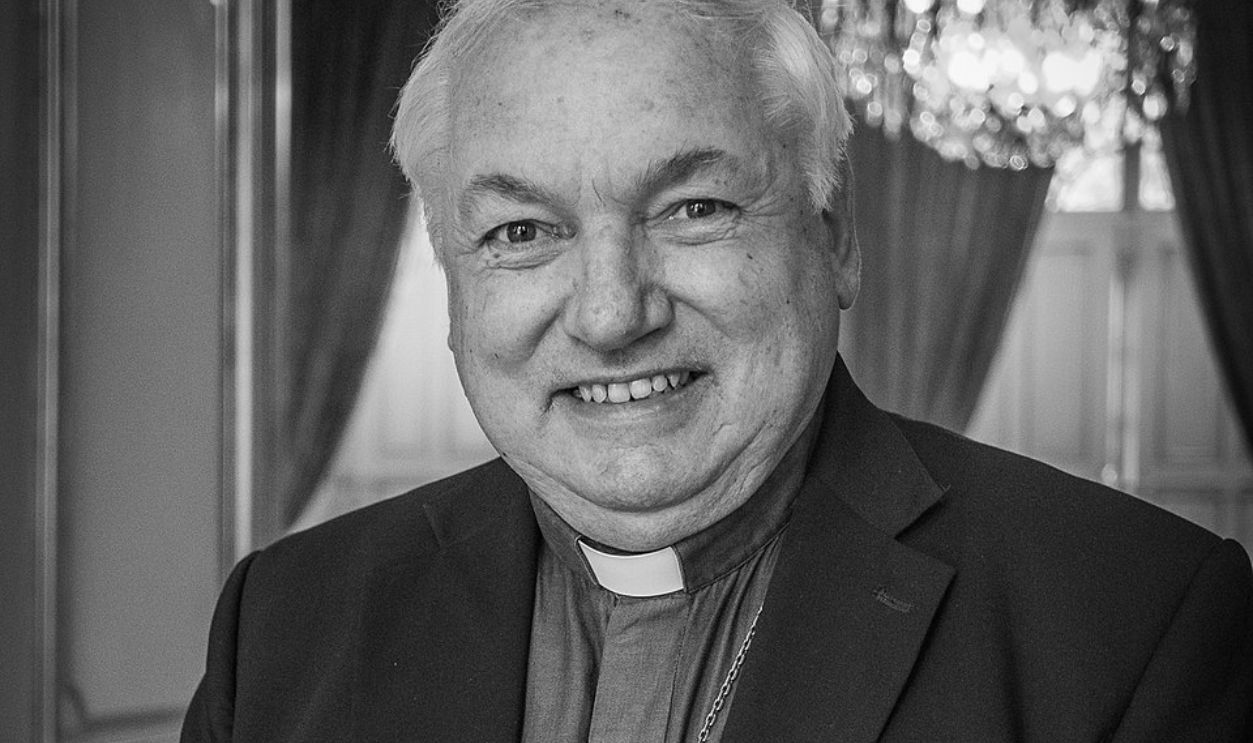 Claude Truong-Ngoc, CC BY-SA 4.0, Wikimedia Commons
Claude Truong-Ngoc, CC BY-SA 4.0, Wikimedia Commons
Cardinal Matteo Maria Zuppi
Age: 69
Title: Archbishop of Bologna, Italy
Some Of The Issues
Against: Ordaining Female Deacons
In Favor: Blessing Same-Sex Couples, Making Priestly Celibacy Optional, Communion for Divorced & “Remarried”, Focusing on Climate Change
 Francesco Pierantoni, CC BY 2.0, Wikimedia Commons
Francesco Pierantoni, CC BY 2.0, Wikimedia Commons
Cardinal Anders Arborelius
Age: 75
Title: Bishop of Stockholm, Sweden
Some Of The Issues
Against: Ordaining Female Deacons, Making Priestly Celibacy Optional, Reassessing Humanae Vitae
In Favor: Focusing on Climate Change, Communion for Divorced & “Remarried”, Restricting the Vetus Ordo (Old Latin Mass)
 Frankie Fouganthin, CC BY-SA 4.0, Wikimedia Commons
Frankie Fouganthin, CC BY-SA 4.0, Wikimedia Commons
Cardinal Raymond Leo Burke
Age: 76
Title: Prefect Emeritus of the Supreme Tribunal of the Apostolic Signatura
Some Of The Issues
Against: All of the issues
In Favor: None of them
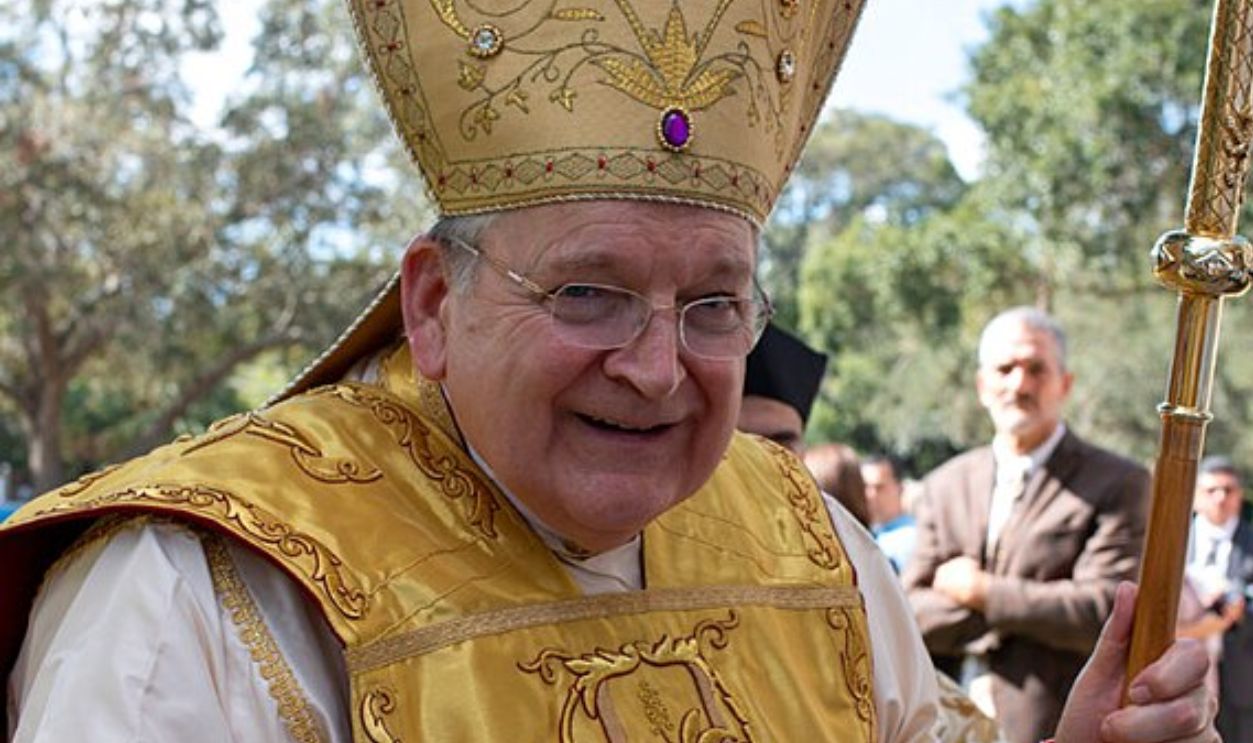 Henry Lithgow, CC BY-SA 4.0, Wikimedia Commons
Henry Lithgow, CC BY-SA 4.0, Wikimedia Commons
Cardinal Stephen Brislin
Age: 68
Title: Metropolitan Archbishop of Johannesburg, South Africa
Some Of The Issues
Against: His stance on the other issues are either unknown or ambiguous.
In Favor: Ordaining Female Deacons, Making Priestly Celibacy Optional, Focusing on Climate Change, Communion for Divorced & “Remarried”
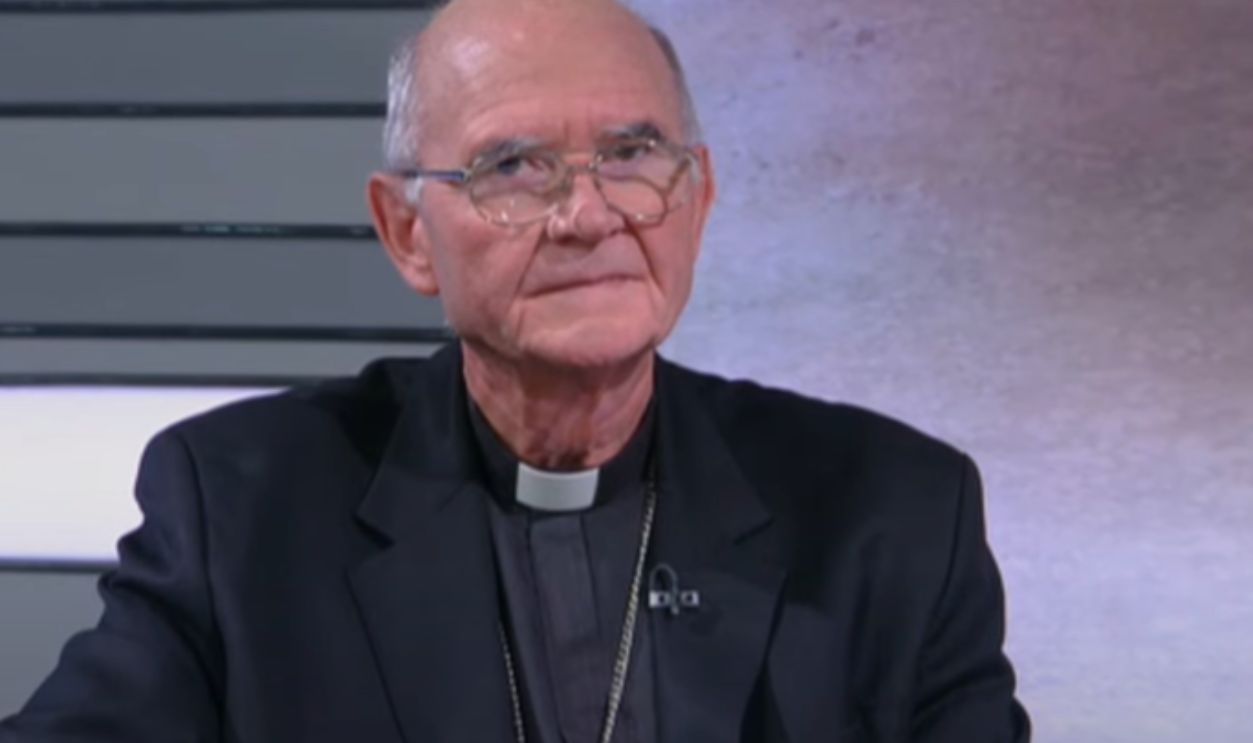 Reaction to passing of Pope Francis - Cardinal Stephen Brislin, SABC News
Reaction to passing of Pope Francis - Cardinal Stephen Brislin, SABC News
Cardinal Pietro Parolin
Age: 70
Title: Vatican Secretary of State
Some Of The Issues
Against: Ordaining Female Deacons
In Favor: Promoting a “Synodal Church”, Focusing on Climate Change, Communion for Divorced & “Remarried”
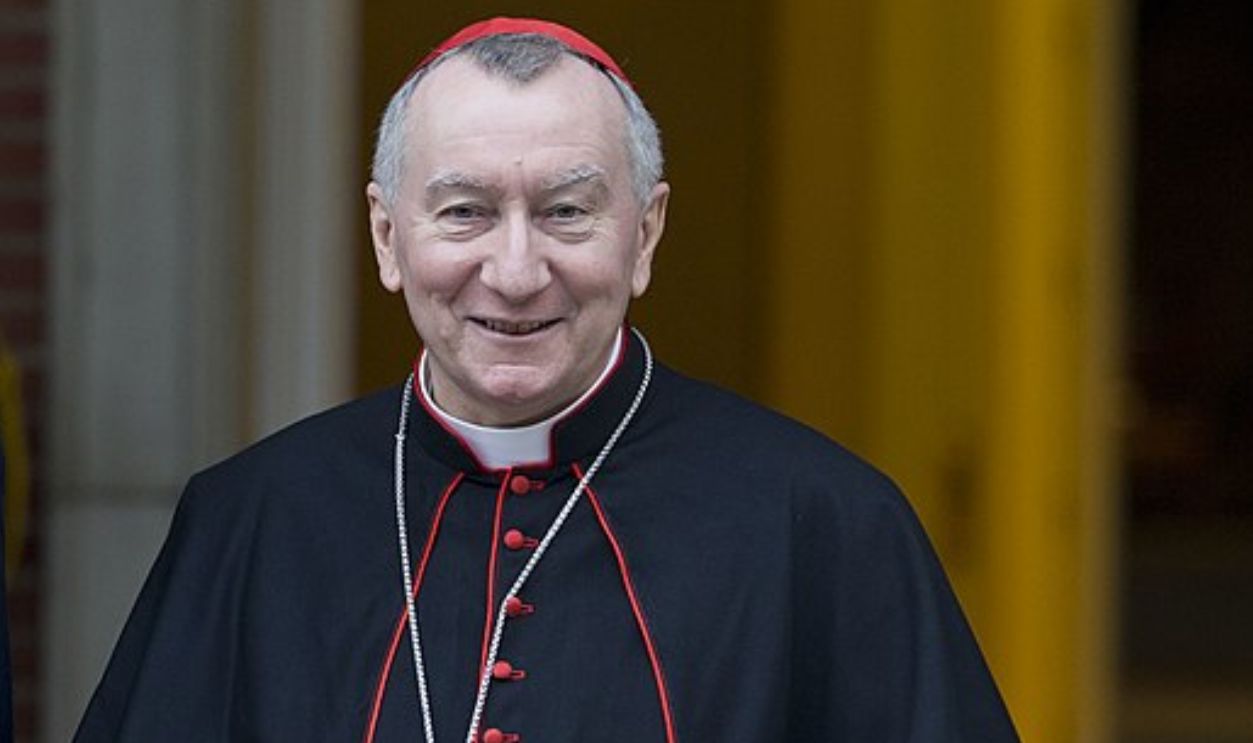 Ministry of the Presidency. Government of Spain, Wikimedia Commons
Ministry of the Presidency. Government of Spain, Wikimedia Commons
Cardinal Charles Maung Bo
Age: 76
Title: Archbishop of Yangon, Myanmar
Some Of The Issues
Against: Ordaining Female Deacons, Making Priestly Celibacy Optional
In Favor: Promoting a “Synodal Church”, Focusing on Climate Change
 Interview with Cardinal Charles Maung Bo, SDB, Salt + Light Media
Interview with Cardinal Charles Maung Bo, SDB, Salt + Light Media
Cardinal Marc Ouellet
Age: 80
Title: Prefect Emeritus of the Dicastery for Bishops
Some Of The Issues
Against: Ordaining Female Deacons, Making Priestly Celibacy Optional, Reassessing Humanae Vitae
In Favor: Restricting the Vetus Ordo (Old Latin Mass), Promoting a “Synodal Church”, Communion for Divorced & “Remarried”
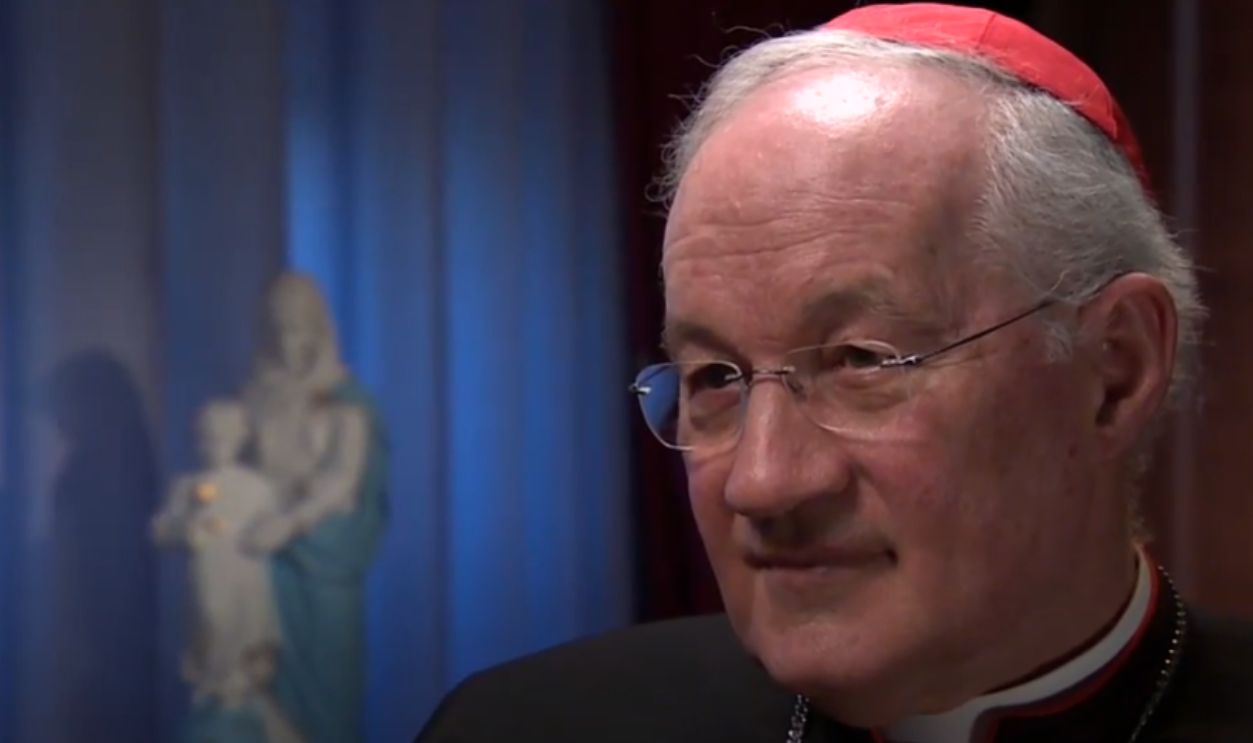 CARDINAL MARC OUELLET TALKS TO PETER MANSBRIDGE | CBC, CBC
CARDINAL MARC OUELLET TALKS TO PETER MANSBRIDGE | CBC, CBC
Cardinal Albert Malcolm Ranjith Patabendige Don
Age: 77
Title: Metropolitan Archbishop of Colombo, Sri Lanka
Some Of The Issues
Against: Ordaining Female Deacons, Blessing Same-Sex Couples, Making Priestly Celibacy Optional, Restricting the Vetus Ordo (Old Latin Mass), Communion for Divorced & “Remarried”
In Favor: Focusing on Climate Change
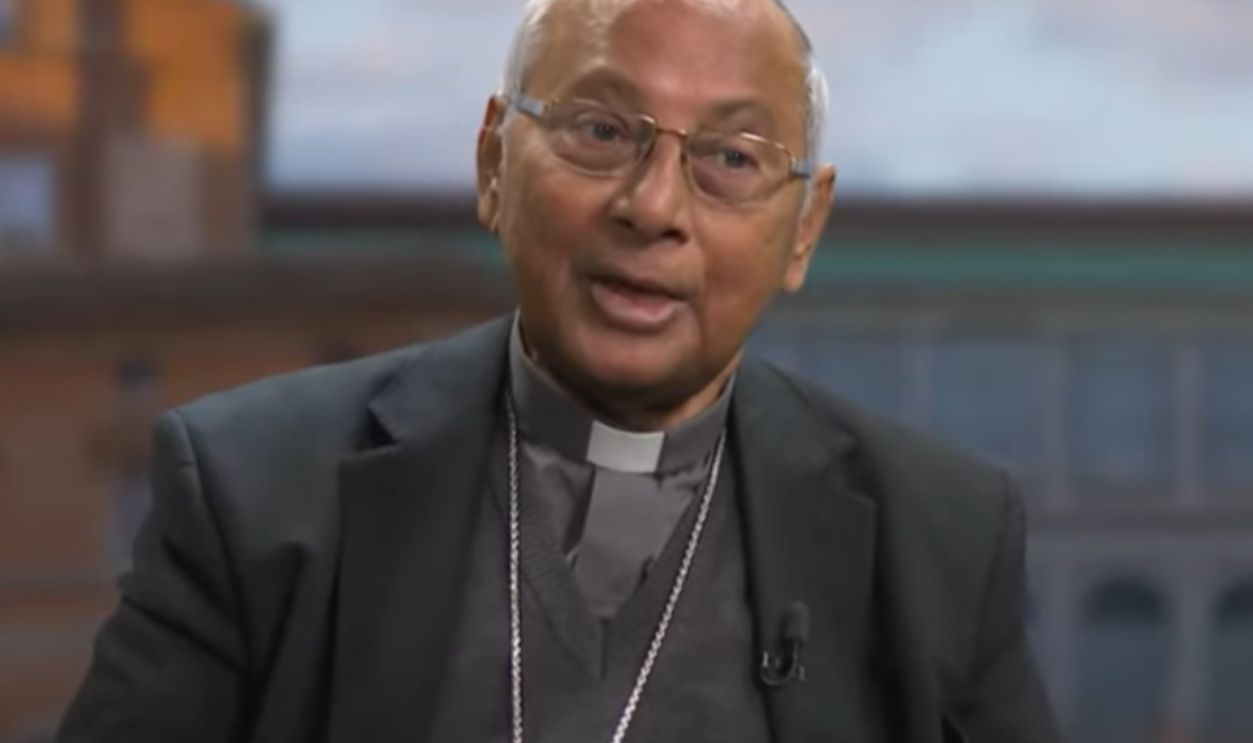 Cardinal Malcolm Ranjith on the German Church's Synodal Path, Edward Pentin
Cardinal Malcolm Ranjith on the German Church's Synodal Path, Edward Pentin
Cardinal José Tolentino de Mendonça
Age: 59
Title: Prefect of the Dicastery for Culture and Education
Some Of The Issues
Against: His stance on most of the issues are either ambiguous or unknown, except for...
In Favor: Promoting a “Synodal Church”, Communion for Divorced & “Remarried”
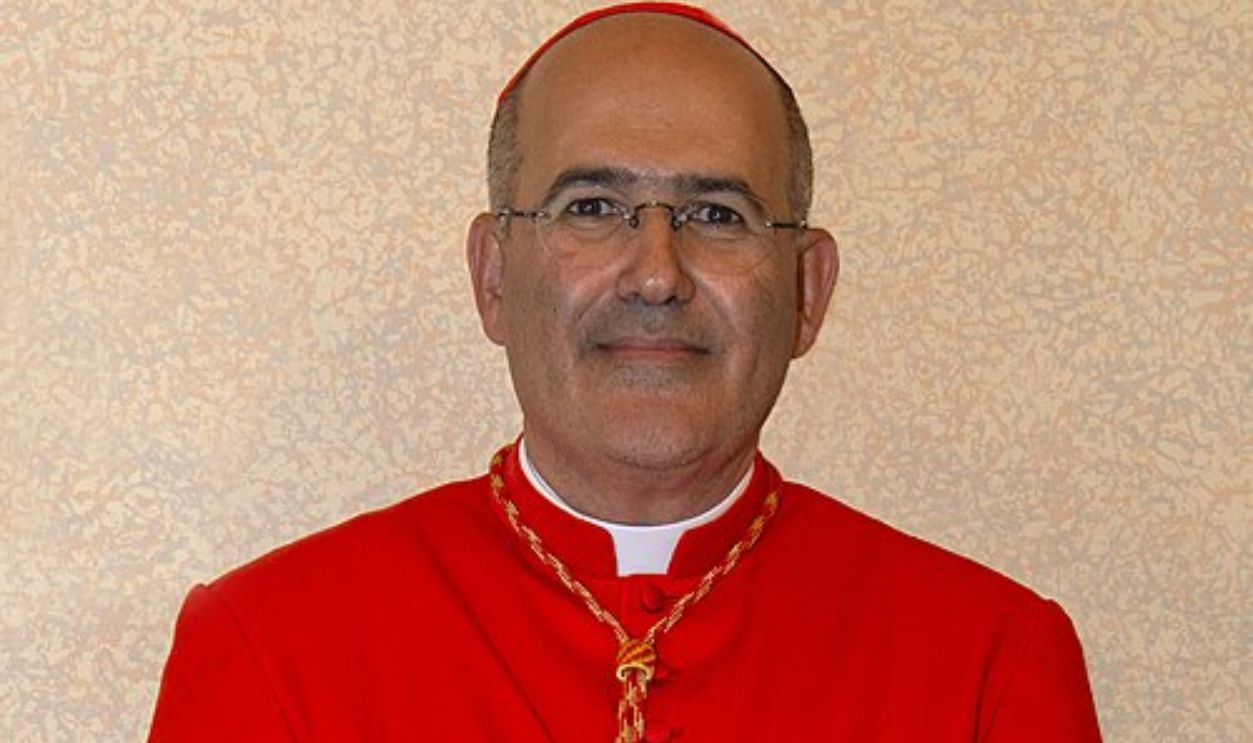 ANTONIO0196, CC BY-SA 4.0, Wikimedia Commons
ANTONIO0196, CC BY-SA 4.0, Wikimedia Commons
You might also like:
Unfortunate Facts About Pope Clement VII, The Unluckiest Pope
Sinful Facts About Pope John XII, The Party Pope

